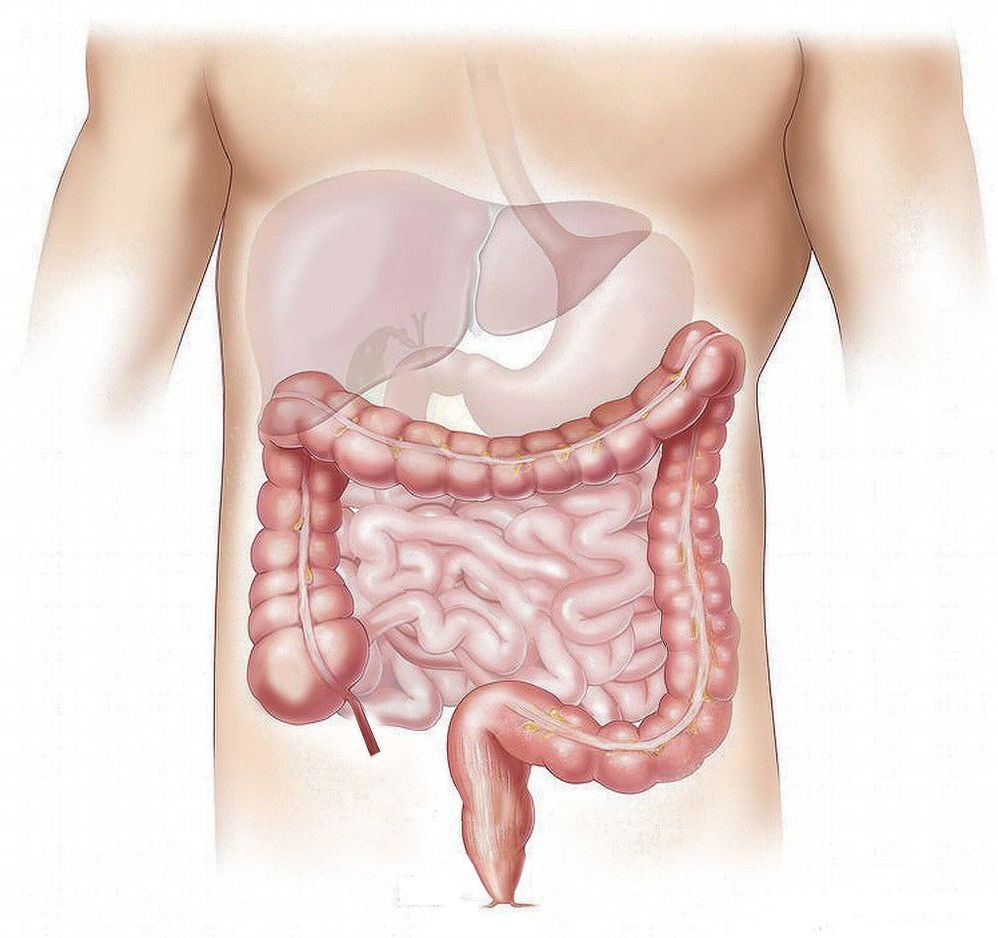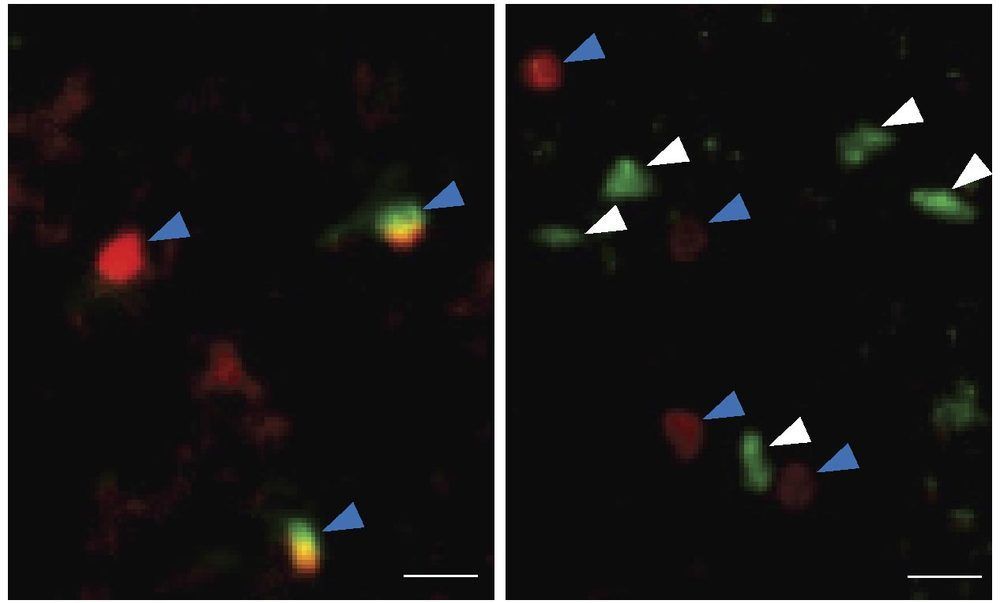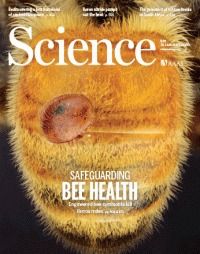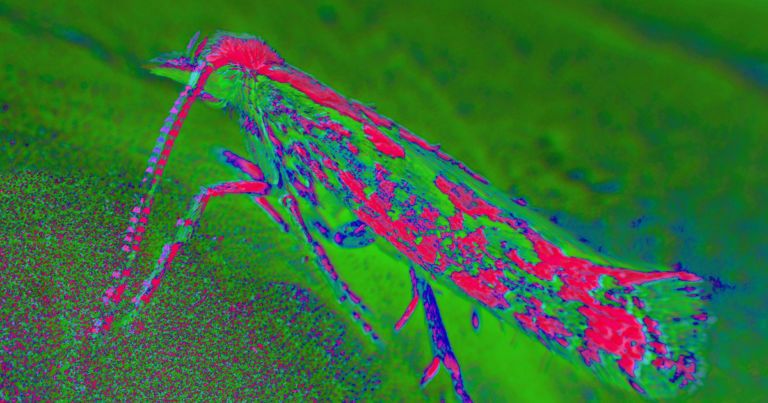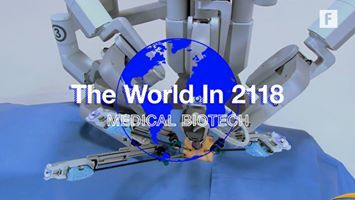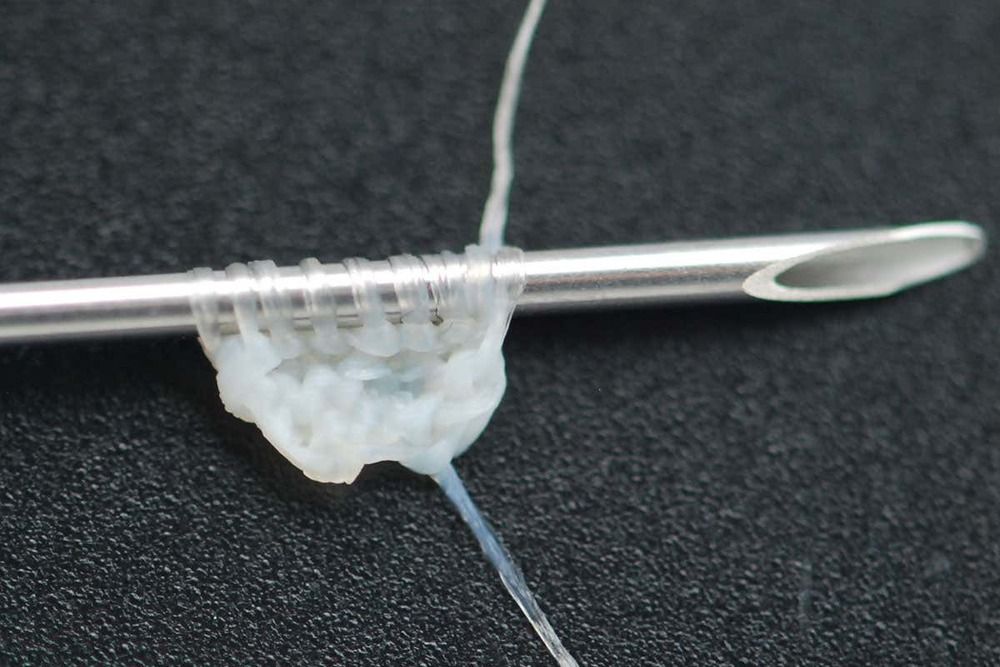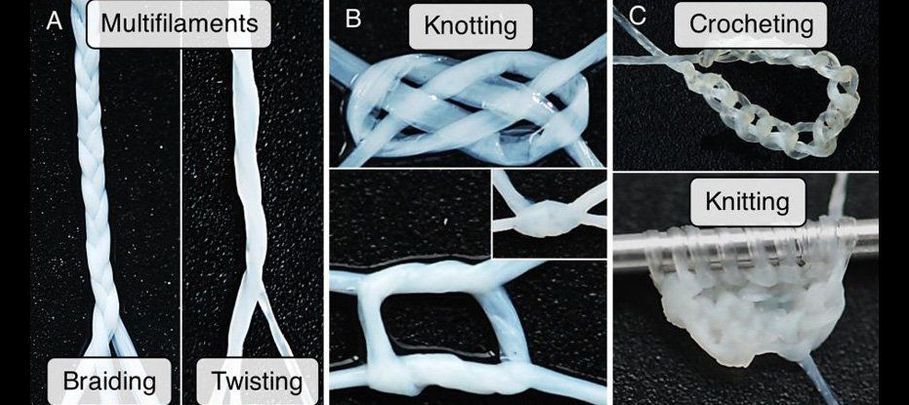Feb 5, 2020
Studies suggest new path for reversing type-2 diabetes and liver fibrosis
Posted by Paul Battista in category: biotech/medical
In a pair of related studies, a team of Yale researchers has found a way to reverse type-2 diabetes and liver fibrosis in mice, and has shown that the underlying processes are conserved in humans.
The studies appear in the Feb. 4 edition of Cell Reports and in the Jan. 17 edition of Nature Communications.
In the earlier study, researchers found an important connection between how the body responds to fasting and type-2 diabetes. Fasting “switches on” a process in the body in which two particular proteins, TET3 and HNF4α increase in the liver, driving up production of blood glucose. In type-2 diabetes, this “switch” fails to turn off when fasting ends, as it would in a non-diabetic person.
